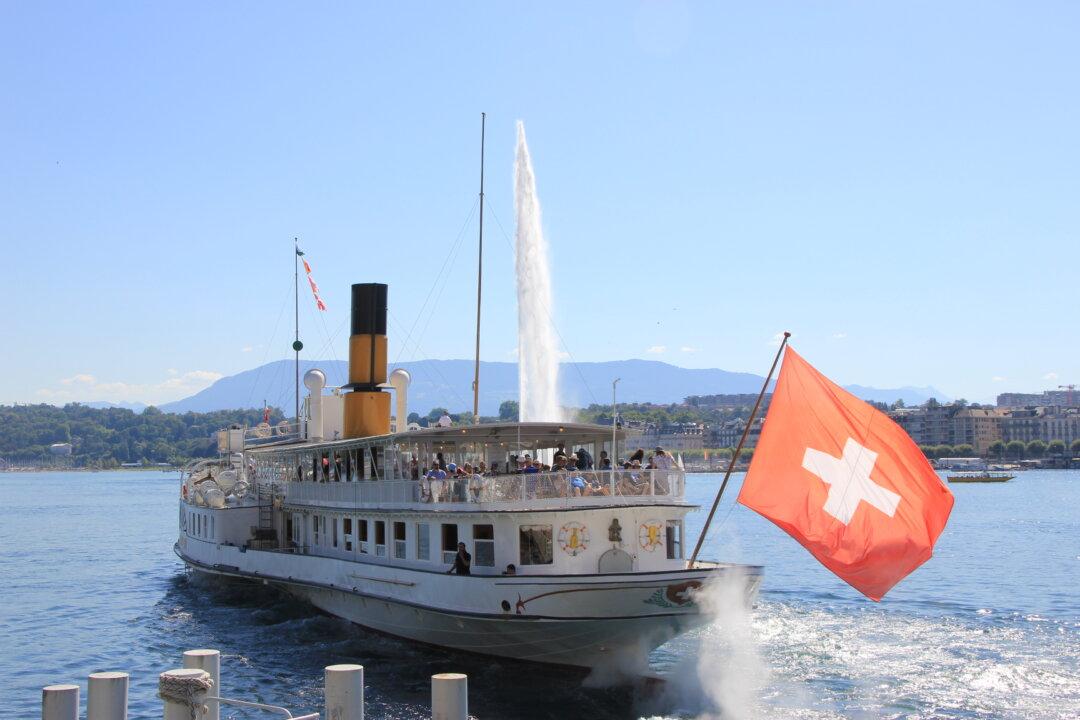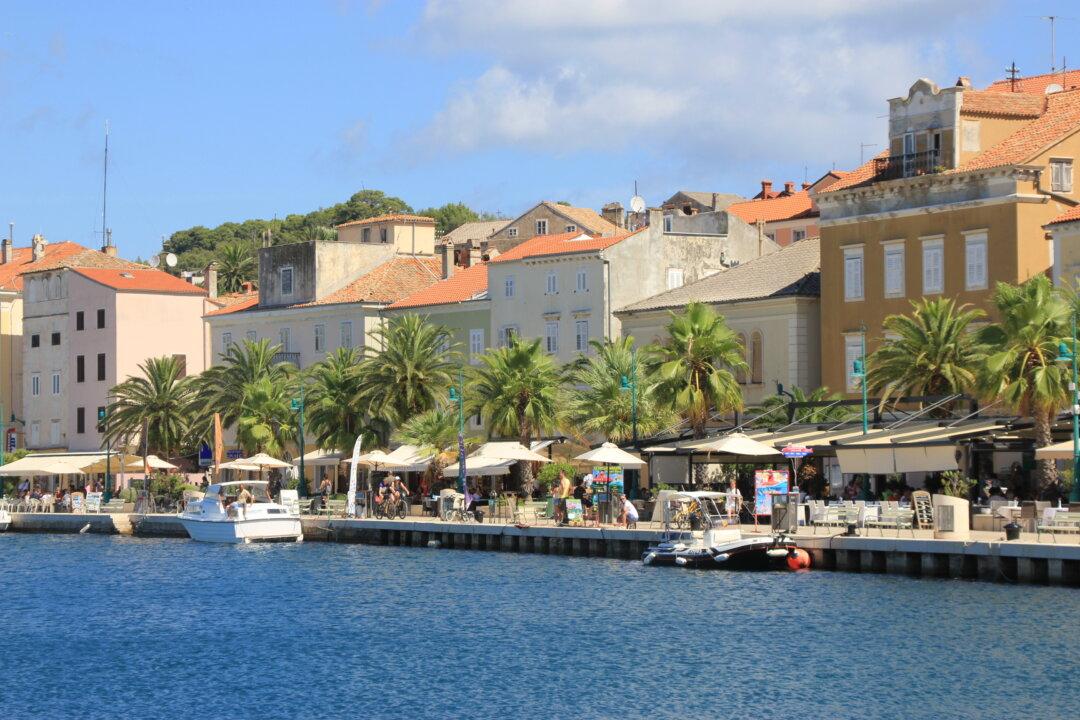“There are no other Everglades in the world. They are, they have always been, one of the unique regions of the earth; remote, never wholly known. Nothing anywhere else is like them.”
These opening words from environmentalist Marjory Stoneman Douglas in her book “The Everglades: River of Grass” summarize the uniqueness of the wetlands.





